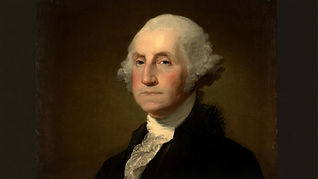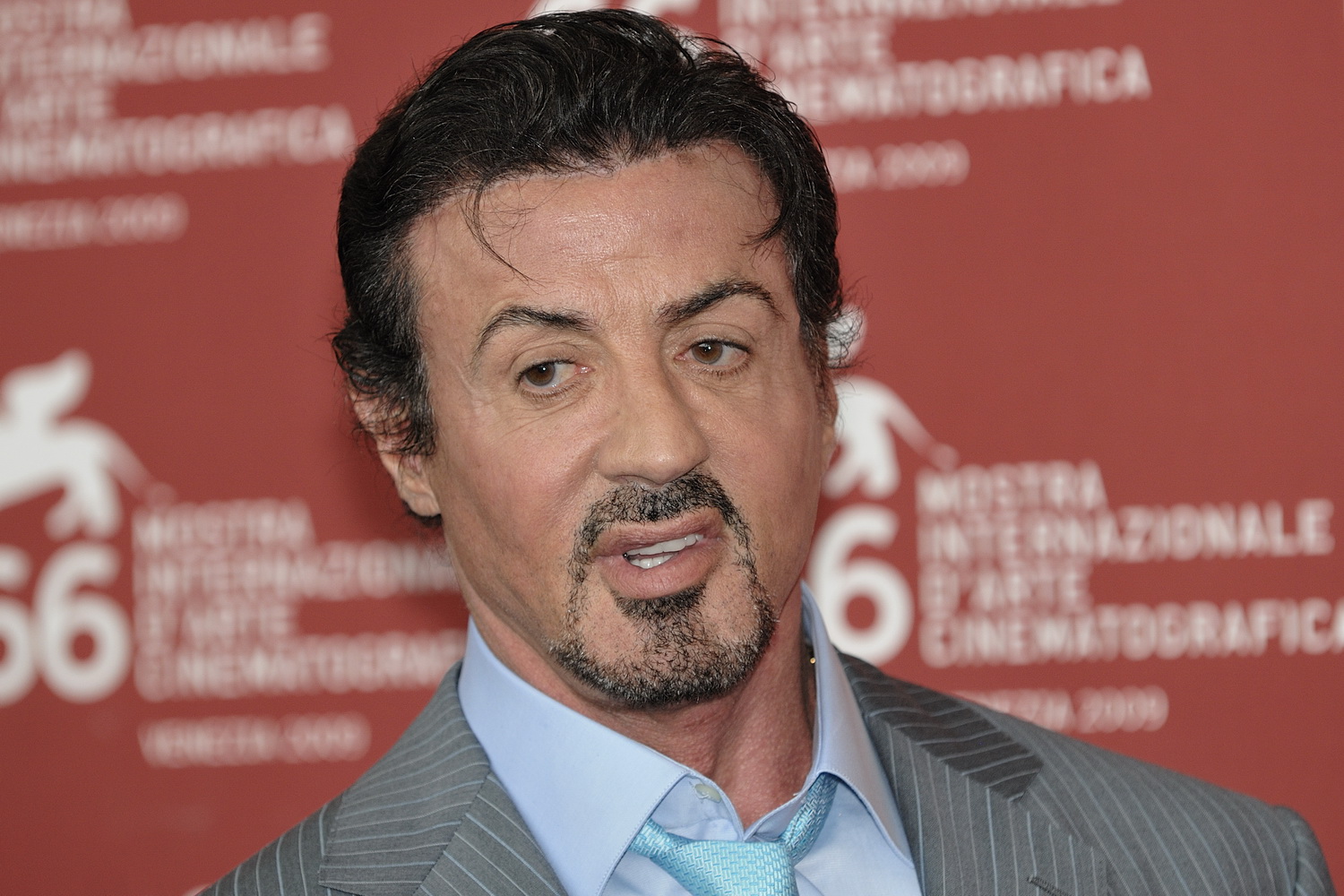Bethany Hamilton: From Shark Attack Survivor to Global Inspiration
The Hawaiian sunrise paints the horizon in shades of coral and gold as a solitary figure paddles into the lineup at Tunnels Beach on Kauai's north shore. From a distance, Bethany Hamilton looks like any other surfer greeting the dawn—her blonde hair catching the early light, her board cutting gracefully through the crystalline water. It's only as she draws closer that you notice something extraordinary: she's navigating these legendary waves with just one arm, her movements fluid and confident, as if she and the ocean have reached a perfect understanding after years of negotiation.
For Bethany, each paddle out is a quiet declaration that she refuses to let fear dictate the boundaries of her life. The ocean that changed everything on an October morning in 2003 remains her sanctuary, her teacher, and the stage where she continues to rewrite what's possible when human determination meets divine grace.
Growing up on the Garden Isle of Kauai, Bethany Hamilton was born into a world where surfing wasn't just a sport—it was a way of life woven into the fabric of Hawaiian culture. Her parents, Tom and Cheri, were avid surfers who introduced their children to the waves before they could properly walk on land. By age five, Bethany was already showing the natural balance and ocean intuition that would mark her as special among Hawaii's surf-rich youth.
The Hamilton family lived simply but richly, their days revolving around swells, tides, and the endless pursuit of perfect waves. Bethany's childhood was painted in tropical hues: the emerald mountains of Kauai rising behind white sand beaches, the warm embrace of Pacific waters, and the intoxicating freedom that comes from riding forces of nature most people only observe from shore.
By her early teens, Bethany had emerged as one of Hawaii's most promising young surfers. She moved through competitions with a grace that seemed effortless, her natural talent refined by countless hours in the water. Sponsors began to take notice. The surfing world whispered about the blonde teenager from Kauai who combined technical precision with an almost spiritual connection to the waves. Her future seemed to stretch ahead like an endless summer, filled with contests, sponsorships, and the kind of professional surfing career that most young athletes could only dream about.
October 31, 2003, began like countless other mornings in Bethany's young life. She and her best friend Alana Blanchard paddled out for a dawn surf session at Tunnels Beach, the same break where she now greets each sunrise. The conditions were perfect—clean, consistent waves under a calm sky. At thirteen, Bethany felt invincible in the water, her confidence built on years of intimate knowledge of Kauai's reefs and currents.
Then, in an instant that lasted forever, everything shifted. A fourteen-foot tiger shark, likely mistaking her surfboard for prey, struck without warning. In the attack's aftermath, as the water around her turned crimson and she realized her left arm was gone, Bethany faced the most crucial moment of her young life. She could have surrendered to panic, despair, or the natural human instinct to retreat from the source of such trauma. Instead, even as she was rushed to shore and then to the hospital, something deeper than shock began to emerge—a quiet determination that would define the rest of her life.
The immediate aftermath tested everything Bethany thought she knew about herself. The physical challenges were obvious and overwhelming—learning to balance on a surfboard with one arm, adapting techniques she'd spent years perfecting, rebuilding strength and confidence in her body. But the emotional and psychological adjustments proved even more complex. She was forced to confront questions that most teenagers never face: Who am I if I'm no longer the person I used to be? What does it mean to be whole? How do you return to something that has hurt you so profoundly?
Three weeks after the attack, Bethany made a decision that would echo far beyond the surfing world. Against the advice of many who feared for her safety and the natural instincts of those who loved her, she announced her intention to return to competitive surfing. This wasn't bravado or denial—it was the conscious choice of a young woman who understood that her identity ran deeper than her physical form.
That first session back in the water required courage that most people will never be asked to summon. Every paddle stroke was an act of faith, every wave a conversation with fear. The ocean that had been her playground now held the memory of trauma, yet Bethany approached it with the same openness that had made her special before. She had to relearn everything—how to paddle efficiently, how to pop up on her board, how to generate speed and execute turns with a completely different centre of gravity.
The learning curve was steep and sometimes heartbreaking. Waves that she used to dominate now challenged her in entirely new ways. Simple manoeuvres became complex puzzles requiring innovative solutions. But with each session, Bethany's confidence grew not just in her surfing ability, but in her capacity to adapt, overcome, and even thrive within new limitations.
Within a year of the attack, Bethany had not only returned to competitive surfing but began winning again. Her modified technique, developed through countless hours of trial and adaptation, proved surprisingly effective. She learned to use her single arm with greater precision, to read waves differently, and to generate speed through subtle shifts in weight and positioning that other surfers had never needed to master.
But her victories represented something far more significant than athletic achievement. Each contest win, each successful ride, became a statement about human resilience and the power of refusing to accept imposed limitations. Young people facing their own challenges—physical disabilities, traumatic experiences, seemingly impossible obstacles—began to see in Bethany's story a different narrative about what was possible.
Her surfing evolved beyond technique into something approaching art. Watching Bethany ride a wave became a meditation on grace under pressure, on finding beauty and flow even when circumstances demanded complete reinvention. She developed a style uniquely her own—fluid, powerful, and utterly distinctive from any other surfer on the professional circuit.
As Bethany matured from teenage phenom to adult athlete, her influence expanded far beyond surfing. She began speaking at schools, hospitals, and conferences, sharing her story with audiences who found in her experience a roadmap for navigating their own difficulties. Her message was never simplistic or artificially optimistic—she acknowledged the reality of pain, loss, and the ongoing challenges of living with disability. But she also demonstrated that these experiences, rather than diminishing a person, could become sources of unexpected strength and purpose.
Her faith, which had sustained her through the darkest moments, became a cornerstone of her public message. Without proselytizing, Bethany spoke openly about how her relationship with God had helped her find meaning in suffering and purpose in adversity. This spiritual dimension of her story resonated with people across different religious backgrounds, offering a framework for understanding how tragedy might be transformed into triumph.
Today, more than two decades after that October morning, Bethany's influence extends into corners of society she could never have imagined as a thirteen-year-old surfer. Through her nonprofit organization, she provides surfing opportunities for other amputees, creating a community where physical differences become sources of connection rather than isolation. Her work with adaptive sports has helped shift cultural conversations about disability, moving from focus on limitations toward celebration of different forms of excellence.
Her books, films, and speaking engagements reach millions annually, but perhaps her most profound impact happens in individual moments—when a young person facing their own trauma finds courage in her story, when a parent of a disabled child sees new possibilities, when someone confronting any kind of loss discovers that their identity runs deeper than their circumstances.
Watch Bethany surf today, and you witness something that transcends sport. At thirty-four, she moves through the water with a confidence earned through two decades of refusing to accept limitations. Her technique has evolved into something uniquely beautiful—efficient, powerful, and unmistakably her own. Young surfers study her approach not just as an adaptation to physical difference, but as a master class in making the most of whatever tools you're given.
The teenager who lost her arm but refused to lose her dreams has become a woman who helps others navigate their own storms. Her story continues to evolve, but its central message remains constant: the waves that knock us down can also teach us to stand stronger, and sometimes our greatest limitations become the very things that set us free.
In the end, Bethany Hamilton's legacy won't be measured primarily in contest victories or sponsorship deals, though those achievements are significant. It will be found in the countless individuals who heard her story and decided to face their own impossible waves, who learned that courage isn't the absence of fear but the decision to paddle out despite it, and who discovered that some of life's most beautiful rides come after its most devastating wipeouts.
If her story moved you, like, share, and leave a comment below — we'd love to hear how her resilience and faith have impacted you. Your voice helps keep stories like this reaching more hearts around the world.












